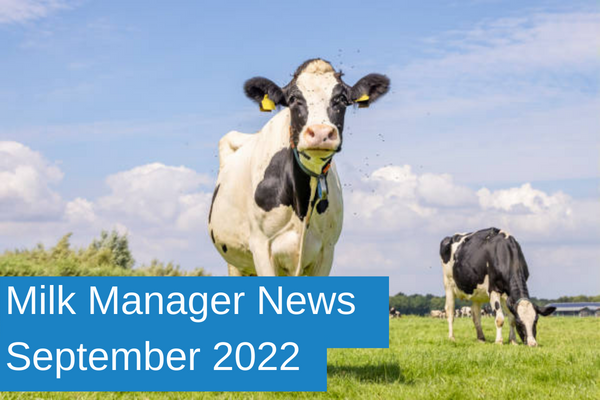Milk Manager News September 2022 – Using Parasitic Wasps to Control Flies
13 September 2022Biting and nuisance flies cause a lot of problems during the summer, especially on dairy farms, in-calf units and more intensive beef systems. Areas that flies can affect are reduced live weight gain, mastitis, new forest disease and reduced milk yield. It is important to work out where your fly breeding grounds are; they are usually areas where dung and other forms of bedding can accumulate.
Parasitic wasps can be used to take a proactive, cost-effective approach that reduces the use of antibiotics and insecticides. This is a long-term approach to reducing your overall fly population and should be used in conjunction with other more traditional methods of fly control for the first few years. Natural controls are more successful when used as a preventative rather than a cure.
Parasitic wasps are fly parasites, but they do not retain the characteristics that a wasp suggests. They are very small insects, approximately 2mm in length and they only eat nuisance flies. Female wasps pierce the nuisance fly maggot pupae. They can lay up to 350 eggs per day and on hatching, the parasites subsequently eat the maggots. Over time, this cycle naturally reduces the nuisance fly population. Fly parasites should be introduced in areas where the breeding fly population is. For example, in standing muck areas that are not often disturbed like calving pens, calf sheds, straw yards, corners of cubicle sheds and additional areas of standing manure. When pens are cleaned out the wasps continue to work in the dung pile which gives an added benefit to reducing the outside population of flies.
You should look to release the first batch of pupae of the season in March and every six weeks following on from this, until the end of August. As the fly season ends the need increases as you are trying to prevent the establishment of the following year’s breeding flies. Timing is essential as fly populations increase over the season; a single fly can lead to hundreds of thousands later in the season if left to breed. One tube holds 240 wasps and treats 200m2 at a cost of roughly £34.00. Use of pour on will on average be reduced by 25% if the system is stuck to as fly populations are significantly decreased.
calum.smith@sac.co.uk; 07736 131276
Sign up to the FAS newsletter
Receive updates on news, events and publications from Scotland’s Farm Advisory Service

